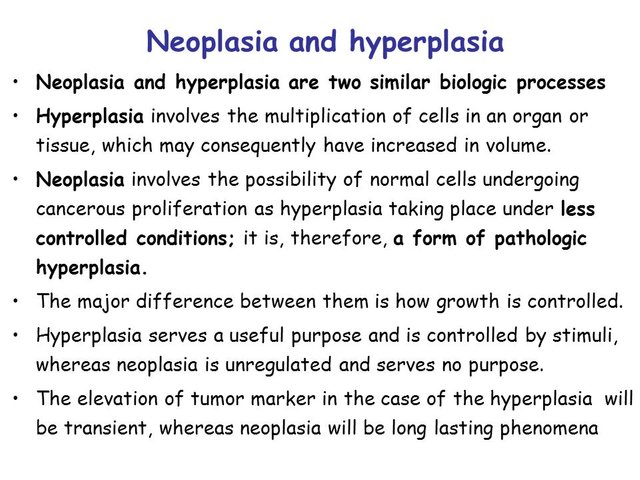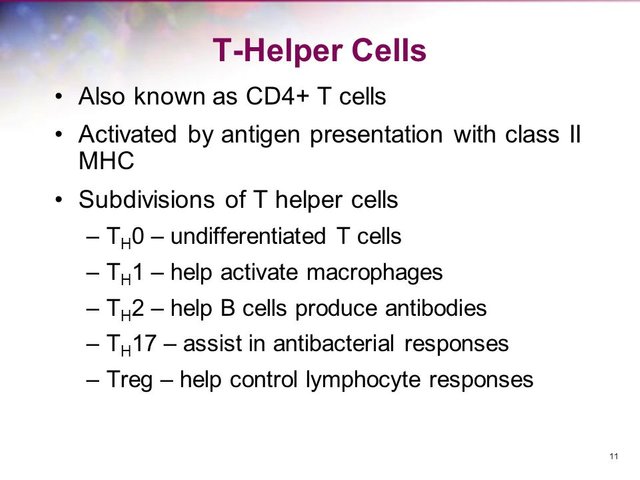
The host thus becomes anaemic in no distant time as a basis of the development of hypoxia and fatigue. Moreover, some helminth parasites like tapeworms directly absorbs host's digestive nutrients in the intestinal tract. This competitive absorption deprives the host of essential nutrients for metabolism as well as render the host malnourished. Massive and extensive migration of worms through infected tissues as a basis of tissue lesions and injuries is another direct pathological damage associated with helminth parasites' pathogenesis. Again, the secretory products of some helminth parasites can be absorbed by some host cells where they inhibit the pathaway of apoptosis such that tumors, neoplaxia or hyperplasia essue from the kokomitant impaired regulation of mitotic cell dvision for growth and tissue renewal.
 source
source
Finally, with respect to indirect damage resulting from host's immune response to helminth infections, specific structural or chemical components of helminth parasites are recognised as antigens in the body and they thus induce specific immune mechanisms that bring about body inflammatory damage in the course of the immune reaction cascades. These indirect damage include inflammatory disorders associated the immune response and hypertensitivity type 1 immune reaction which of course incude skin hives, asthma, edema or tissue swelling, skin swelling, abdominal cramps, rhinitis, allergic conjuctivitis, etc. Body’s Immune Defenses Against Helminth Infections Body's immune defenses against helminth infections include some defense mechanisms as parts of innate or nonspecific immunity and almost only two defense mechanisms as parts of adaptive or specific immunity. Specific immunity which is alternatively called nonspecific imunnity refers to all body defense mechanisms that are expressed in general ways against any kind of pathogens. Innate immunity is always expressed as the first line of defense against infections before specific or adaptive immunity comes as the second line of defense. Innate immunity is mostly effective against microorganisms as pathogens but is almost not effective against helminth or worm infections. Although innate immunity is not or almost not effective in helping the body avoid helminth infections, some basic mechanisms as components of this part of the immune system are reviewed as follows;
Firstly, the first layer of the skin called the cornified layer is made up of tightly packed dead cells that act as a barrier to penetration by pathogens. Besides, pathogens that have been habored in the skin as potential infections are continously removed from the skin surface as the skin experiences periodic shedding of the outer cornfield cells, a phenomenon called desquamation. The sweat glands in the skin secrete sweat to the outer surface of the skin such that as this secreted sweat flushes through the skin surface, some pathogens harbored in the skin surface are washed off. Another secretory gland in the skin is sebaceous gland which secretes an oily product called sebum. This sebum is rich in organic acids and oils. The presence of this organic products in the skin reduces water solubility and retention in the skin surface such that harbored pathogens do not readily have access to water for growth, hence they have retarded growth metabolism as a basis of non-viability for growth.
Secondly, the gastrointestinal tract has non ciliated columnar cells in its endothelial surface. The repeating beating of these cells brings about peristaltis along the tract such that with this peristaltic movement, food pathogens that enter the tract through contaminated diets are always rendered immobilised for localised infections to occur in any portion of the tract. Again, the intestinal tract is of low pH expecially arround the gastric region. This low pH denatures the enzymes and physiological proteins of pathogens such that their growth metabolism is impaired as a basis of non-viability. The continuous movement of chyme and chyle along the the gastrointestinal tract is partly responsible for pathogens' flushing along the tract as a basis of their immobility for not being able to establish localised infections. The bile acid in bile secreted by liver-attached gall bladder is microbicidal to some pathogens, hence they partly help to avoid pathogenic infections along the gastrointestinal tract.
Thirdly, the respiratory airways have mucus that is continously secreted by globlet cells. This mucus entraps inhaled pathogens that tend to enter the system through the airways such that infection establishment in the interior regions of the airways or in the internal systems is averted. Again, the surface endothelial cells of the respiratory tract contain cilia. The cilia in these cells help filter pathogens off the air that has been inhaled as a part of infection evasion strategies. Besides, the continuous directional beating of these cilia helps in the upward movement of mucus-entrapped pathogens towards their removal from the airways. Other components of the innate immunity that are passively functional in helping the body resist pathogenic infections include; a. The circulatory and resident phagocytes of the immune system, talking macrophages and dendritic cells which recognise pathogens as potential infections in various parts of the body and attack them for lytic degradation towards elimination, and b. Microbicidal serum proteins, e.g fibronectin, transferins, lactoferins, interferons, alpha TNF, lysosymes, etc that kill pathogens directly or mediate or participate in some immune pathways associated with the destruction or elimination of pathogens. Adaptive immunity or specific immunity refers to all body defense mechanisms that are each expressed against a specific pathogen and in a perculiar or unique way. There are many different body defense mechanisms that are components of adaptive immunity. However, almost only two of them are effective as body defense mechanisms against worm or helminth infections. These two defense mechanisms are;
a. Hypersensitivity type 1 immune response

source
b. T helper cell type 2 (TH2) immune response

source
Hypersensitivity Type 1 as one of the Body’s Immune Defense Mechanisms against Helminth Infections Hypersensitivity type 1 is an IgE and mast cell mediated immediate and exaggerated immune response from an individual to an antigen which the individual had already been exposed to. Therefore, it is alternatively called immediate hypersensitivity. The reactions associated with hypersensitivity type 1 are called allergies and the implicative antigens are called allergens. Different allergens are known to trigger or illicit hypersensitivity type 1 but the particular allergens in the context of this review, the allergens or antigens are helminth worms or any of their infective stages. Hypersensitivity type 1 defends the body against helminth infections and diseases through cytotoxic destruction or killing of helminth worms or their infective stages by secretions from eosinophils although cells of the host cells around the site of infection are also destroyed due to inflammation and the toxic effects of eosinophil secretions. The cascade of immune reactions associated with hypersensitivity type 1 immune response occurs in two phases. These phases are; a. The sensitization phase, and b. The re-exposure phase. In the sensitization phase of the hypersensitivity type 1 immune response, helminth worms or their infectious stages which have been established as infections in a given part of the body are recognised foreign or as antigens by 'Antigen Processing Cells', APC specifically dendritic cells. Macrophages are also antigen processing cells but they are smaller than helminth worms such that they are not effective in processing helminth worms as antigens and thus are not associated with the pathway of hypersensitivity type 1. Instead, macrophages are only effective in processing relatively smaller intracellular antigens like bacteria and viruses. When dendritic cells recognise heminth worms as extracellular infectious antigens, they engulf the worms and phagocytose them for the release of short antigenic peptide fragments which they then carry on their 'Major Histocompatibility Complex, MHC on display for T helper cell 2(TH2) to recognise. T helper cell 2 thus recognise these helminth antigenic peptide fragments on the MHC attennae of dendritic cells such that they bind the antigenic peptide fragments as a basis of their activation for the secretion of two main functional cytokines, talking of interleukin 4, IL-4, and interleukin ,IL-13.
Thanks for reading steemites..